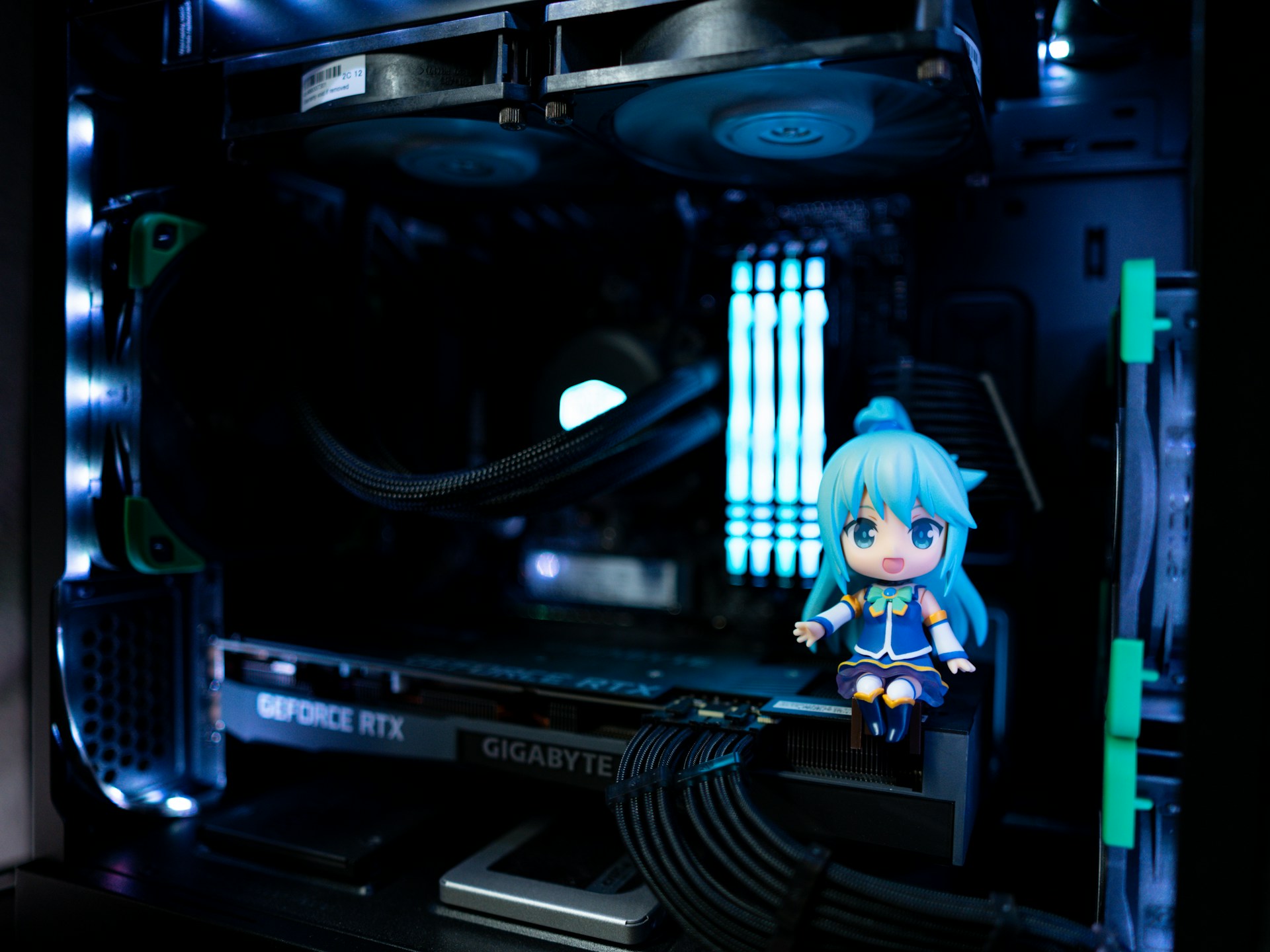How 5G network and Edge Computing are Set to Revolutionize IOT
 Sumit Kumar
Sumit Kumar
The Internet of Things (IoT) reshapes industries, homes, and lives. Connected automobiles and smart refrigerators are just two examples of how IoT gadgets have ingrained themselves into our regular encounters with technology. But the IoT as we know it is on the brink of an even more transformative shift, thanks to the arrival of 5G networks and Edge Computing.
I’ll explain why these two technologies are revolutionary for the Internet of Things in this post, along with how they will make the devices smarter, faster, and more responsive.
- 5G: The Highway IoT Has Been Waiting For
It’s likely that you’ve heard a lot about 5G. It involves more than just getting quicker internet on your phone; it involves building a network that can swiftly accommodate millions of connected devices. The network that IoT has been waiting for is, in reality, 5G.
Key Benefits of 5G for IoT:
Blazing Speeds: 5G can hit speeds up to 100x faster than 4G. For IoT, this means quicker data transmission between devices.
Ultra-Low Latency: There will be noticeable decrease in the time it takes for the data to travel between devices and the network. Consider spontaneous reactions.
Massive Capacity: 1 million devices per square kilometer can be supported by 5G. Ideal for real-time communication between sensors, parking meters, and traffic lights in smart cities.
5G is the gasoline that IoT needs to flourish, whether it is through enhancing smart healthcare, enhancing the safety of autonomous vehicles, or facilitating real-time industrial monitoring.
- Edge Computing: Bringing the Cloud Closer
Imagine you’re driving an autonomous car. Would you want the car to wait for the data to travel all the way to a central cloud and back before making the decision to stop at a red light?Probably not. Thats where Edge Computing comes into play.
Edge computing allows data to be processed closer to the source rather than on distant cloud servers. This translates into quicker decision-making and less reliance on centralized systems for IoT devices.
How Edge Computing Supercharges IoT:
Reduced Latency: Local data processing reduces communication latency between devices. In milliseconds, a smart home gadget may change the temperature.
Increased Reliability: IoT devices can function and make choices in real time at the edge even in the event of a central cloud outage.
Leverage Data Analytics: Edge computing will make the real-time data available, which will be a treasure trove of useful information.
When combined with 5G, edge computing will significantly enhance the Internet of Things (IoT) in industries like agriculture, where smart sensors in remote locations must react quickly and may not always have reliable internet connectivity.
- 5G + Edge Computing for IoT
Edge computing makes sure that IoT receives the necessary responsiveness and intelligence, while 5G provides the infrastructure. When combined, they make a formidable team that will completely transform the Internet of Things.
Consider:
Intelligent manufacturing facilities that instantly modify equipment according to sensor readings.
Connected cities with smooth communication between driverless cars and traffic management systems.
Medical equipment that doesn’t require cloud interaction to immediately notify physicians of any irregularities in a patient’s vitals.
These are not merely hopes for the future. These kinds of advancements will become commonplace with edge computing and 5G.
- Conclusion: The Revolution is Here
The future of IoT is no longer a distant vision; it’s arriving fast, powered by the unmatched speed of 5G and the efficacy of edge computing. When combined, these technologies will produce IoT solutions that are more intelligent, quicker, and more powerful, revolutionizing the way we work, live, and engage with the world.
For businesses and individuals alike, staying ahead of the curve isn’t just about keeping up with trends—it’s about shaping the future.
Subscribe to my newsletter
Read articles from Sumit Kumar directly inside your inbox. Subscribe to the newsletter, and don't miss out.
Written by

Sumit Kumar
Sumit Kumar
Hello! I’m Sumit, currently pursuing a Bachelor’s degree in Computer Science at Chandigarh University. My primary interests lie in web development and Data Structures and Algorithms (DSA), which I am actively exploring and mastering. Alongside my academic pursuits, I am an avid anime enthusiast, always eager to discuss and delve into the latest series and trends. I look forward to connecting with fellow tech enthusiasts and anime fans here on Hashnode. Let’s collaborate and share our passions!